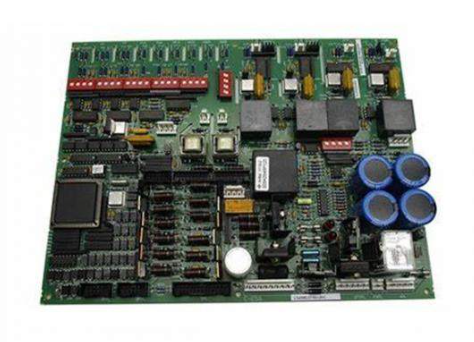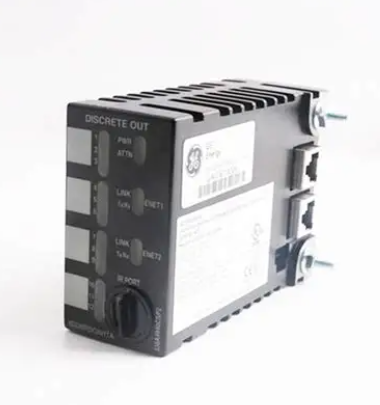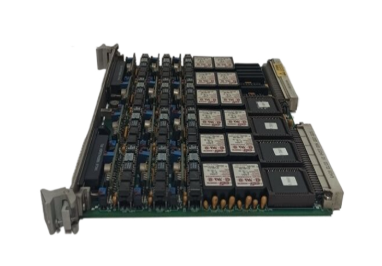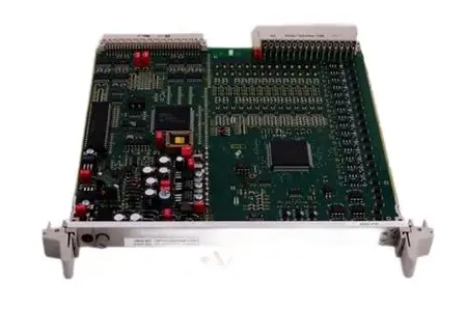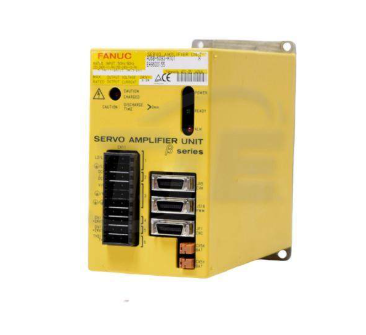Structure and working principle of generator
I. Main structure of generator
Main mechanism of generator
The generator is usually composed of stator, rotor, end cap and bearing. The stator consists of a stator core, a wire wrap winding, a frame, and other structural parts fixing these parts. The rotor is composed of rotor core (or magnetic pole, magnetic choke) winding, guard ring, center ring, slip ring, fan and rotating shaft and other components.
The stator and rotor of the generator are connected and assembled by the bearing and the end cap, so that the rotor can rotate in the stator, do the motion of cutting the magnetic force line, thus generating the induced potential, which is led out by the terminal and connected in the loop, and the current is generated.
Two. Generator working principle
How a generator works
Generators are based on Faraday's law of electromagnetic induction, which states that a piece of metal, such as a copper wire, moves in a magnetic field and generates an electric field inside the metal.
The charge inside the metal flows along the electric field. If the piece of metal were not a ring, the charge would accumulate at both ends, in the form of a voltage, and by connecting the piece of metal in a loop (the rest of the loop is not in a magnetic field), an electric current would be generated, and electricity would be generated by the generator.
Therefore, the basic principle of the generator is to fix the permanent magnet or metal, let the metal or permanent magnet keep moving, the movement is relative, so that the piece of metal that keeps moving in the magnetic field will continue to generate electricity.
From this point can distinguish different generators, hydraulic generators is to use the energy of water falling from the height to maintain the movement of metals, thermal power is to use the power of the steam produced by fire boiling water to maintain the movement of metals

Iii. Generator classification
There are many types of generator sets, and there are different types of units according to different standards, such as:
1. Divide according to power source
There are diesel generator set, gas generator set, gasoline generator set, wind generator set, solar generator set, hydropower generator set, coal-fired generator set and so on.
2. Electric energy mode
According to the conversion of electrical energy can be divided into alternator and DC generator two categories.
Alternator is divided into synchronous generator and asynchronous generator two kinds. Synchronous generators are divided into hidden pole synchronous generators and salient pole synchronous generators. Synchronous generators are most commonly used in modern power stations, and asynchronous generators are rarely used.
One of the most commonly used is the diesel generator set.
Iv. Common generators
The following is the working principle of various common generators.
4.1Three phase AC synchronous generator
Synchronous generator is one of the most commonly used alternator. In the modern power industry, it is widely used in hydroelectric power generation, thermal power generation, nuclear power generation and diesel power generation.
Because the synchronous generator generally uses DC excitation, when it runs independently, it can easily adjust the voltage of the generator by adjusting the excitation current. If it is incorporated into the power grid operation, because the voltage is determined by the power grid, it cannot be changed, and the result of adjusting the excitation current is to adjust the power factor and reactive power of the motor.
The stator and rotor structure of synchronous generator is the same as that of synchronous motor, generally adopts three-phase form, and only single-phase armature winding is used in some small synchronous generator.
The performance of synchronous generator is characterized mainly by no-load characteristics and load operation characteristics. These characteristics are an important basis for users to choose generators.
Working principle of synchronous generator
How it works:
The basic working principle of synchronous generator includes the following aspects.

1. Establishment of magnetic field. When the generator is running, the excitation winding through the DC excitation current, the same polarity of the excitation field is established, that is, the main magnetic field is established.
2. Cutting motion. The process in which the prime mover, diesel generator set or gasoline generator set drag the rotor to rotate, and the exciting magnetic field of the same type rotates with the shaft and cuts the stator phase winding in sequence.
3. After the operation of the current-carrying conductor generator, the three-phase symmetrical current group acts as a power winding, which is called the induced electromotive force or the carrier of induced current.
4. Generation of alternating electromotive force
The working principle of the synchronous generator is actually the principle of electromagnetic induction. The mechanical energy is converted into electrical energy by the relative motion of the rotor magnetic field and the stator windings. When the rotor is driven by the prime mover, the rotor magnetic field and the stator conductor do relative motion, that is, the conductor cuts the magnetic route, so the induced electromotive force is generated in the conductor, and its direction can be judged according to the right hand rule of u. Because the position of the rotor pole is that the conductor cuts the magnetic field line in a vertical direction. Therefore, the induced electromotive force in the stator winding is maximum at this time, when the magnetic pole is rotated 90 degrees, the magnetic pole is horizontal, the conductor does not cut the magnetic field line, and the induced electromotive force is zero. When the rotor is rotated 90 degrees, the induced electromotive force of the stator winding cuts the magnetic force line in the vertical direction, so that the induced electromotive force reaches the maximum value, but the direction is opposite to the previous. When the rotor turns another 90 degrees. And the induced electromotive force is zero. In this way, the rotor rotates one week, and the induced electromotive force of the stator winding also changes positively and negatively. If the rotor is continuously and evenly rotated, a periodically changing AC electromotive force will be induced in the stator winding, and the AC current can be output through the lead line.
- EMERSON
- Honeywell
- CTI
- Rolls-Royce
- General Electric
- Woodward
- Yaskawa
- xYCOM
- Motorola
- Siemens
- Rockwell
- ABB
- B&R
- HIMA
- Construction site
- electricity
- Automobile market
- PLC
- DCS
- Motor drivers
- VSD
- Implications
- cement
- CO2
- CEM
- methane
- Artificial intelligence
- Titanic
- Solar energy
- Hydrogen fuel cell
- Hydrogen and fuel cells
- Hydrogen and oxygen fuel cells
- tyre
- Chemical fiber
- dynamo
- corpuscle
- Pulp and paper
- printing
- fossil
- FANUC
- Food and beverage
- Life science
- Sewage treatment
- Personal care
- electricity
- boats
- infrastructure
- Automobile industry
- metallurgy
- Nuclear power generation
- Geothermal power generation
- Water and wastewater
- Infrastructure construction
- Mine hazard
- steel
- papermaking
- Natural gas industry
- Infrastructure construction
- Power and energy
- Rubber and plastic
- Renewable energy
- pharmacy
- mining
- Plastic industry
- Schneider
- Kongsberg
- NI
- Wind energy
- International petroleum
- International new energy network
- gas
- WATLOW
- ProSoft
- SEW
- wind
- ADVANCED
- Reliance
- YOKOGAWA
- TRICONEX
- FOXBORO
- METSO
- MAN
- Advantest
- ADVANCED
- ALSTOM
- Control Wave
- AB
- AMAT
- STUDER
- KONGSBERG
- MOTOROLA
- DANAHER MOTION
- Bently
- Galil
- EATON
- MOLEX
- Triconex
- DEIF
- B&W
- ZYGO
- Aerotech
- DANFOSS
- KOLLMORGEN
- Beijer
- Endress+Hauser
- MOOG
- KB
- Moxa
- Rexroth
- YAMAHA
- Johnson
- Westinghouse
- WAGO
- TOSHIBA
- TEKTRONIX


Email:wang@kongjiangauto.com

























































































































